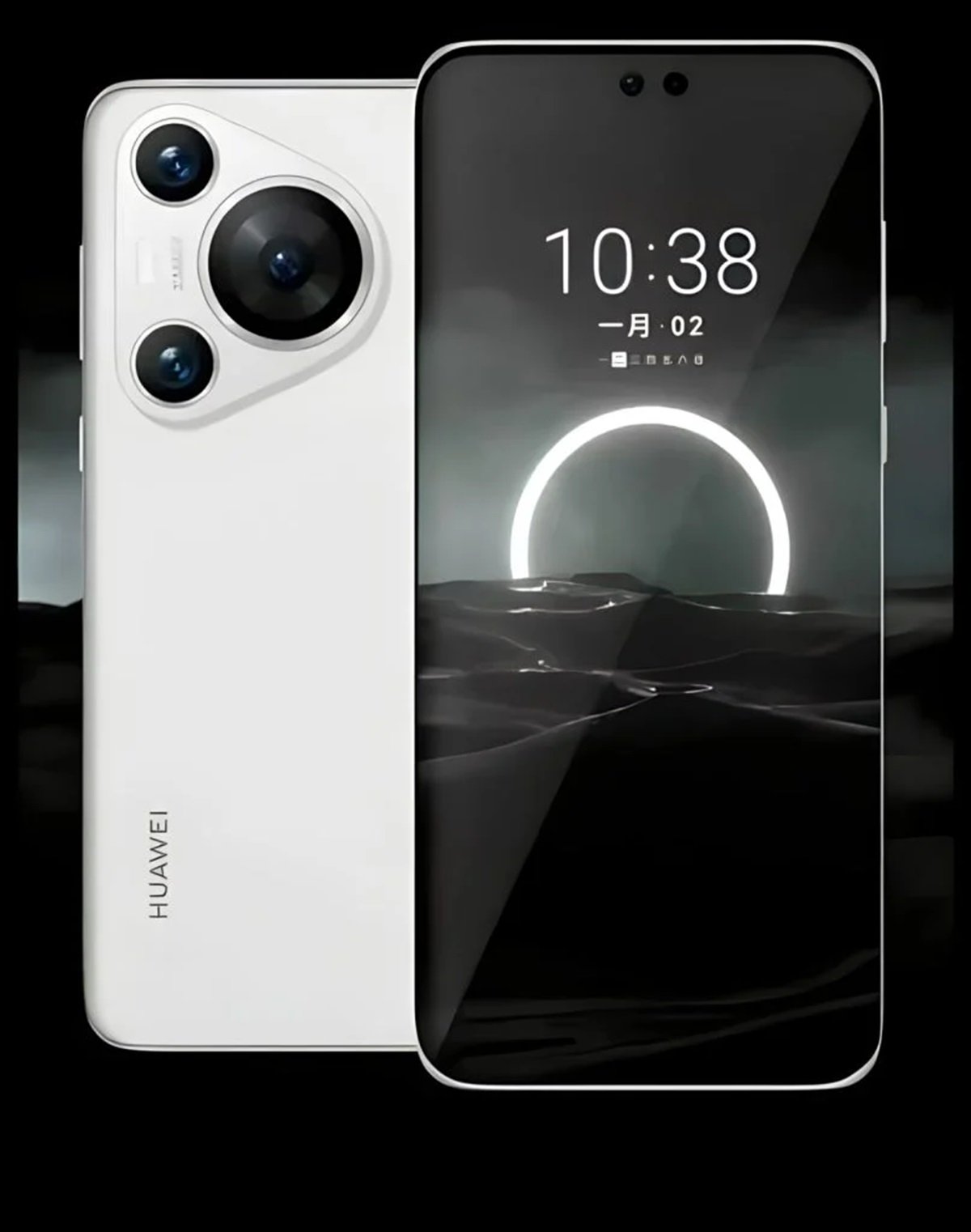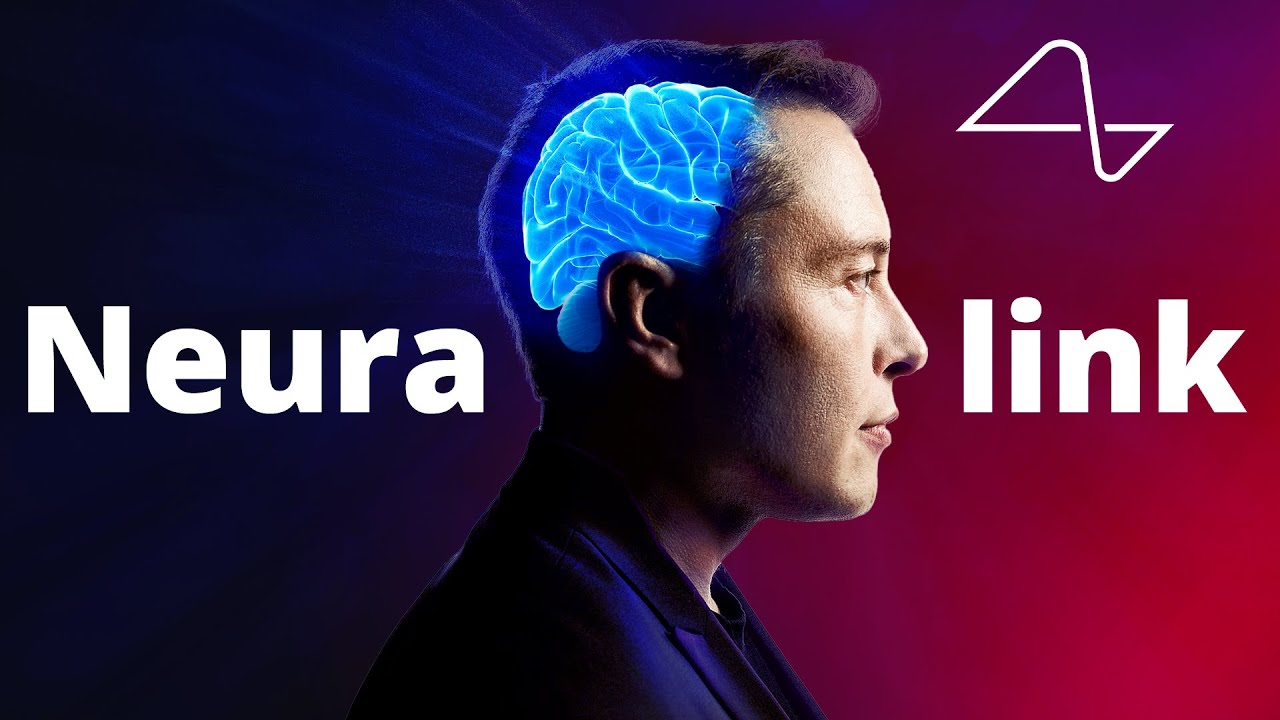In a remarkable display of nature’s wonders, researchers have uncovered the astonishing 4,200-kilometer transatlantic journey of the Painted Lady butterfly. This unprecedented discovery, led by an international team of scientists, challenges our understanding of insect migration and showcases the remarkable capabilities of these delicate creatures.

The study, published by Gerard Talavera from the Institut Botànic de Barcelona and his colleagues, unravels the mystery surrounding the Painted Lady butterflies found on the Atlantic beaches of French Guiana in October 2013. This unusual sighting sparked a scientific investigation that would reveal an extraordinary tale of endurance and adaptation.
To trace the origin and journey of the Painted Lady butterflies, the research team employed a unique combination of cutting-edge techniques, including wind trajectory reconstruction, genome sequencing, pollen DNA analysis, and isotope geolocation. This innovative approach allowed the researchers to piece together the puzzle of the butterflies’ remarkable journey.
“It is the first time that this combination of molecular techniques including isotope geolocation and pollen metabarcoding is tested on migratory insects,” emphasized Dr. Clément Bataille, a professor at the University of Ottawa. “The results are very promising and transferable to many other migratory insect species. The technique should fundamentally transform our understanding of insect migration.”
The study’s findings unveil an astonishing feat of nature. Wind trajectory analysis identified conditions conducive to a transatlantic crossing from western Africa, while genetic studies revealed a closer relationship to African and European populations, eliminating the possibility of North American origin. Pollen DNA analysis detected traces of plants native to tropical Africa, providing a crucial link to the butterflies’ journey, and isotope analysis pointed to a potential birthplace in western Europe.
“We usually see butterflies as symbols of the fragility of beauty, but science shows us that they can perform incredible feats. There is still much to discover about their capabilities,” said study co-author Roger Vila, a researcher at the Institute of Evolutionary Biology.
The researchers assessed the viability of this transatlantic flight by analyzing energy expenditure. They concluded that the journey, lasting 5 to 8 days without stops, was possible due to favorable wind conditions. “The butterflies could only have completed this flight using a strategy alternating between active flight, which is costly energetically, and gliding the wind,” explained study co-author Eric Toro-Delgado. “We estimate that without wind, the butterflies could have flown a maximum of 780 km before consuming all their fat and, therefore, their energy.”
This discovery suggests the existence of natural aerial corridors connecting continents, potentially facilitating species dispersal on an unprecedented scale. “I think this study does a good job of demonstrating how much we tend to underestimate the dispersal abilities of insects,” noted study co-author Megan Reich, a postdoctoral fellow at the University of Ottawa. “Furthermore, it’s entirely possible that we are also underestimating the frequency of these types of dispersal events and their impact on ecosystems.”








